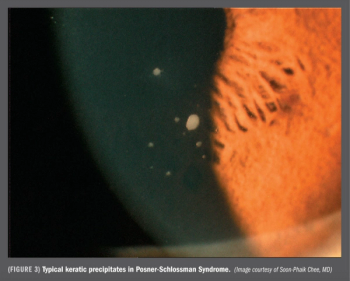
Intas Pharmaceuticals of Ahmedabad, India, seems to have overcome the manufacturing problems that led to ocular inflammation in 10% of the patients injected with the first three batches of razumab, a biosimilar for ranibizumab, according to two ophthalmologists who have administered the drug.












































